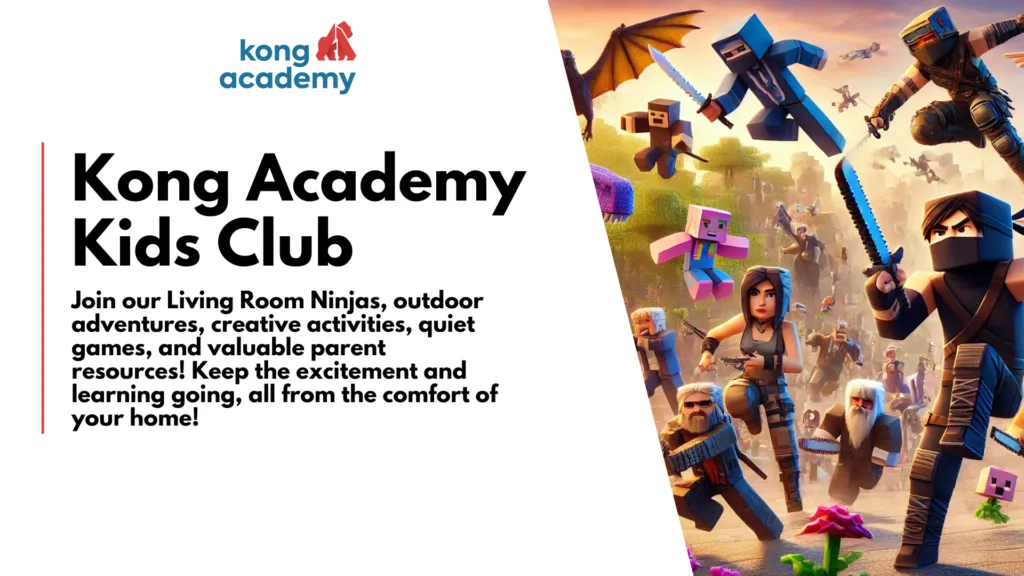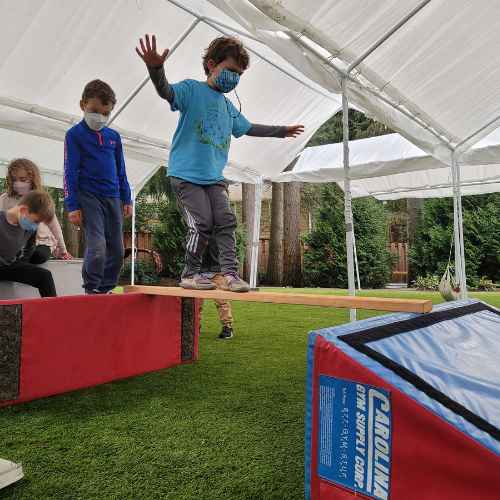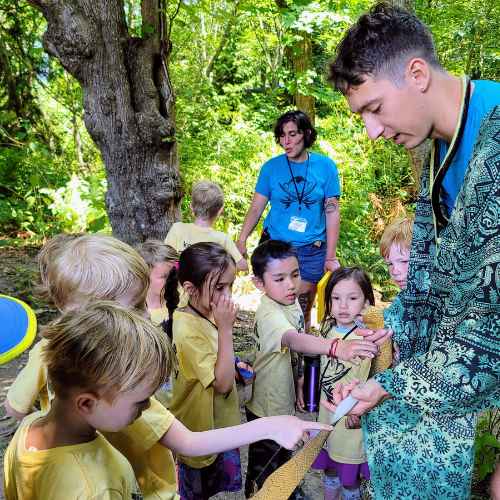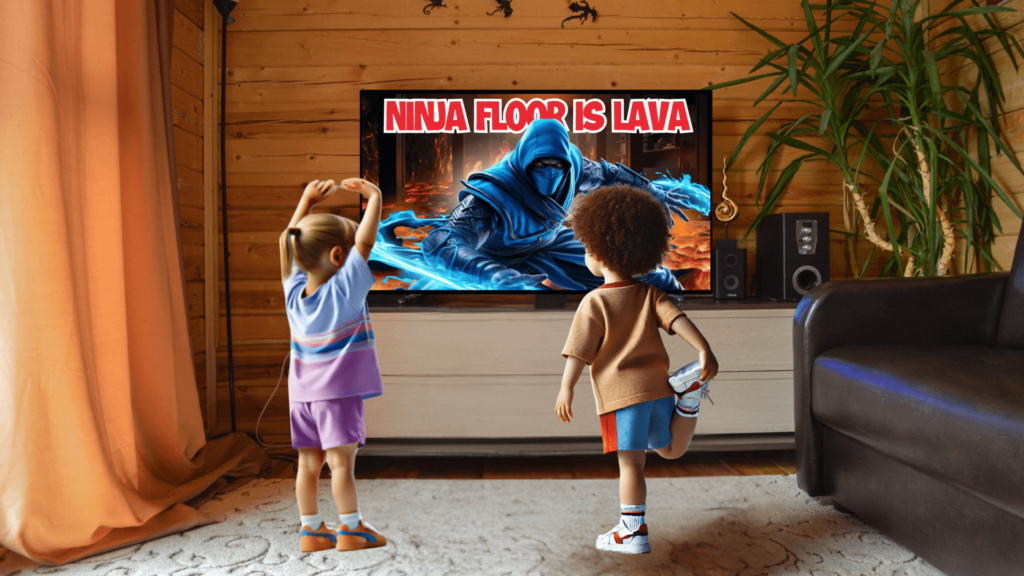
Keeping kindergartners focused and engaged throughout the school day can be challenging. Young children have shorter attention spans, so it’s crucial to give them opportunities to take breaks and recharge. This is where brain breaks come in. These short, fun activities provide a necessary pause from learning, helping kids stay refreshed and ready to dive back into their lessons with renewed energy. Below you’ll learn all about the concept of brain breaks, their benefits for kindergartners, and explore a few suggestions to help get your students moving and having fun.
What Are Brain Breaks?
Brain breaks are intentional, short pauses taken during periods of focused learning to help students reset their minds and bodies. Typically lasting between 2 to 5 minutes, these breaks involve activities that get kids moving, thinking, or laughing, all of which are crucial for maintaining attention and interest throughout the day.
For kindergartners, who are developing their ability to focus for longer periods of time, brain breaks are especially important. These breaks can include physical movement, interactive games, or calming activities that are simple, fun, and easy for young children to follow. By incorporating brain breaks into the school day, teachers can help keep their students energized, engaged, and eager to continue learning.
7 Benefits of Brain Breaks for Kindergartners
Brain breaks aren’t just about giving kids a moment to catch their breath. They are packed with benefits that make a big difference in how well young children learn and interact in the classroom.
Let’s delve into the various advantages that brain breaks offer for kindergartners.
Physical Activities Help to Keep Kids Engaged in the Classroom
One of the biggest challenges in teaching young children is managing their boundless energy. When kindergartners are required to sit still for too long, that energy can easily turn into restlessness, making it difficult for them to stay focused on their work.
Physical brain breaks, such as dancing or jumping allow students to release that pent-up energy. After the break, kids can return to their seats feeling calmer and more prepared to focus on the next lesson. Additionally, engaging in physical movement supports the development of motor skills, which is critical at this stage of a child’s growth.
By keeping kids physically engaged by leveraging well-timed brain breaks, teachers can make the learning day more productive and enjoyable for everyone.
Breaks Improve Cognitive Function and Make Learning Easier for Kids
The human brain, especially in young children, needs regular intervals of rest to function at its best. For kindergartners, whose brains are constantly processing new information, brain breaks provide the necessary downtime to help them absorb and retain what they’ve learned.
During a short break, a child’s brain has time to consolidate information, making it easier for them to recall and understand lessons later on. These breaks also help prevent mental fatigue and improve cognitive function so kids stay sharp, focused, and ready to tackle the next lesson with enthusiasm.
Reduces Stress Levels
While it might seem that kindergartners have a carefree existence, the reality is that even young children can experience stress, particularly from the demands of learning and the pressure to perform well in school. Brain breaks offer a simple yet effective way to help students manage and reduce this stress.
Activities like deep breathing, stretching, or a quick, silly dance can do wonders to help lower anxiety levels and help students feel more relaxed and at ease in the classroom. When stress is reduced, children are not only happier but also more capable of engaging in their lessons with a positive attitude. This supportive mindset leads to better academic outcomes and a more enjoyable school experience overall.
Increases Blood Flow to the Brain
Movement is key to keeping both the body and brain stay healthy. During brain breaks, physical activities increase blood flow to the brain, which, according to Dr. Rong Zhang, Ph.D. professor of neurology at UTSW, enhances focus, alertness, and overall cognitive function.
When kids are more alert, they’re better able to participate in class activities, absorb information, and think critically about what they’re learning. This increased blood flow also supports the brain’s long-term health and contributes to better learning outcomes over time.
By incorporating brain breaks that involve physical movement, teachers can ensure that their students’ brains are well-nourished and ready to take on new challenges throughout the day.
Challenges Students to Do New Things
Brain breaks aren’t just about doing the same old activities—they can also introduce kindergartners to new and exciting challenges. Whether it’s trying out a new dance move, solving a fun puzzle, or playing a quick game that requires thinking outside the box, brain breaks encourage kids to step out of their comfort zones. Doing this gives the brain a boost of dopamine which helps encourage them to keep trying the “new thing” in front of them. Over time, success at new tasks builds confidence and develops problem-solving skills that are essential for academic success.
By presenting new challenges in a playful and low-pressure way, brain breaks make learning feel like an adventure, which can be incredibly motivating for young children.
Improves Social Skills When They Interact with New Kids
Kindergarten is a time when children begin to develop essential social skills, and brain breaks can play a big role in this process. Many brain breaks involve group activities where students must work together, communicate, and share ideas. These interactions help kindergartners develop cooperation, empathy, and communication skills, which are crucial for building healthy relationships both in and out of the classroom.
By participating in fun, team-based brain breaks, students can form stronger bonds with their peers, which fosters a more positive and inclusive classroom environment. These social interactions also help children feel more connected and confident, which can make them more engaged learners overall.
Have Fun!
Perhaps the most important aspect of brain breaks is that they are fun! Learning doesn’t always have to be serious. Incorporating fun into the school day can greatly enhance the learning experience and encourage kids to want to come to school.
When students enjoy what they’re doing, they’re more likely to develop a positive attitude toward school and learning in general. Brain breaks provide a perfect opportunity for kids to let loose, be silly, and just enjoy being kids.
When to Engage Kindergartners in a Brain Break Activity
Knowing when to incorporate brain breaks into the school day is key to their effectiveness. It’s a good idea to schedule brain breaks after periods of intense focus or when you notice that students are starting to lose interest.
For example, if the class has been sitting for an extended period or working on a particularly challenging task, a brain break can help reset their energy and attention. Teachers can also use brain breaks as a transition between different activities, providing a moment to clear the mind before moving on to the next lesson.
Videos Specifically for Kindergarten Brain Breaks
Now that we’ve covered the benefits and timing of brain breaks, let’s dive into some fun and engaging video options that are perfect for kindergartners. These videos are designed to get kids moving, laughing, and having a great time while they take a break from their schoolwork.
The Floor is Lava
This video transforms the classroom into a playful obstacle course where the floor becomes “lava,” and the goal is to avoid touching it by jumping from one spot to another. Kids are encouraged to use their imagination, balance, and quick thinking while staying active.
It’s a fun and creative way to get students moving while also challenging them to think on their feet. This activity not only helps with physical engagement but also encourages problem-solving as they figure out the best way to avoid the “lava.”
Dinosaurs
Most kindergartners love dinosaurs and if your little one is a dino enthusiast, this brain break invites students to stomp, roar, and move like their favorite prehistoric creatures. The video guides kids through various dinosaur-inspired movements, such as stomping like a T-Rex, flapping their “wings” like a pterodactyl, and tiptoeing like a sneaky velociraptor. In this video, kids are both physically active and creative, both of which are key elements in a great break break activity.
Minecraft
If you have a gaming kid, this video is perfect for your little builder. Kids mimic the characters and stay engaged with movements inspired by the game, such as digging, jumping, and running. This brain break not only gets kids moving, but also taps into their creativity as they imagine themselves inside the Minecraft world.
Pokemon
Most kids start to interact with Pokemon when they are quite young, especially if they have older siblings. Pokemon is classically a kid-favorite so by engaging in a brain break with their favorite characters, parents and teachers get an “all in one” opportunity.
In this video, kids can pretend to be their favorite Pokémon character and follow along with movements that match the energy and excitement of the game. This brain break is perfect for Pokémon fans and adds an element of fantasy and adventure to the day.
As teachers and parents, Incorporating brain breaks into the school day is an effective strategy for keeping kindergartners engaged, focused, and ready to learn. These short, fun activities offer a wealth of benefits, from improving cognitive function and reducing stress to enhancing social skills and promoting physical activity.
By strategically using brain breaks at the right times and incorporating engaging videos, teachers can create a more dynamic and enjoyable learning environment for kids. So the next time your class needs a little pick-me-up, try one of these brain break activities and see the difference it can make in your students’ learning experience!
Please visit our YouTube channel for more brain break videos for kindergarteners and elementary school aged kids. Our videos are kid friendly and designed to get them moving!
Learn more at https://www.youtube.com/@KongAcademy
GET Access to the ULTIMATE PLAY DATE PACKAGE (Value: $49) for FREE!
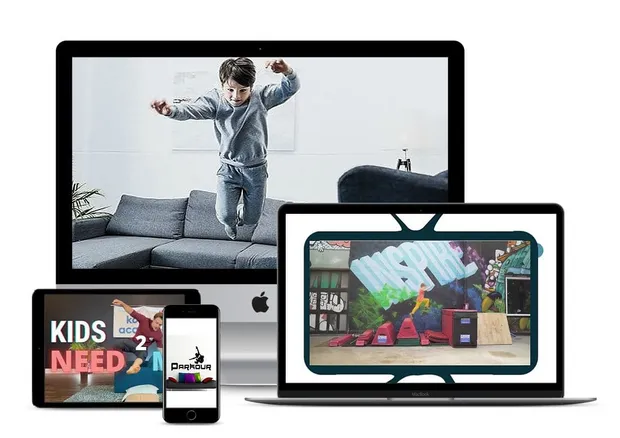

7-Day Crystal Shard Adventure
Unleash your child’s potential with our 7-day crystal shard movement adventure!

